
3D Printers as an Investment: How They Pay for Themselves
Some people see having a 3D printer in an establishment, like a school or an office space, either as a luxury or a novelty. While so many businesses use these devices effectively and turn them into reliable team members, many others either decide not to invest in one or don’t even try to utilize the device they have properly. When used correctly 3D printers can help increase profits, decrease expenses, and speed up prototyping. But how exactly? How does a 3D printer pay for itself in the long run?
How Do You Get a Return on Investment with a 3D Printer?
When justifying an investment in a 3D printer, you will obviously be expecting a return on that investment eventually. This return might come in many ways and the optimal utilization of the 3D printer will depend on the vertical you are in.
Additive manufacturing is such a flexible manufacturing method that the number of applications it has to offer can only be limited by your creativity. But there are tried and true methods that have been benefiting businesses in different fields to get a return on your investment on these devices.

In-House Production
We often underestimate the amount of time, care, and money that is spent on manufacturing the items we use every day. Production of end-use products is a business that requires a very high initial investment as things like injection molding and casting machines cost a lot of money. When the barrier of entry is this high, most establishments don’t have the budget to manufacture their own products or models in-house and have to rely on 3rd party providers.
3D printers have the potential to eliminate this issue completely. Businesses like architecture offices can print their own models, automotive shops can manufacture spare parts for the vehicles they are working on, and schools can print tools to boost engagement with the students. A lot of schools also use 3D printers for science projects and international contests. The ability to manufacture items in-house grants the users a freedom that can’t be achieved with other production methods.
Just hear it from our clients: 3D Prototyping For Corvette Spare Parts | 3D Dialog with Volkan Tanju
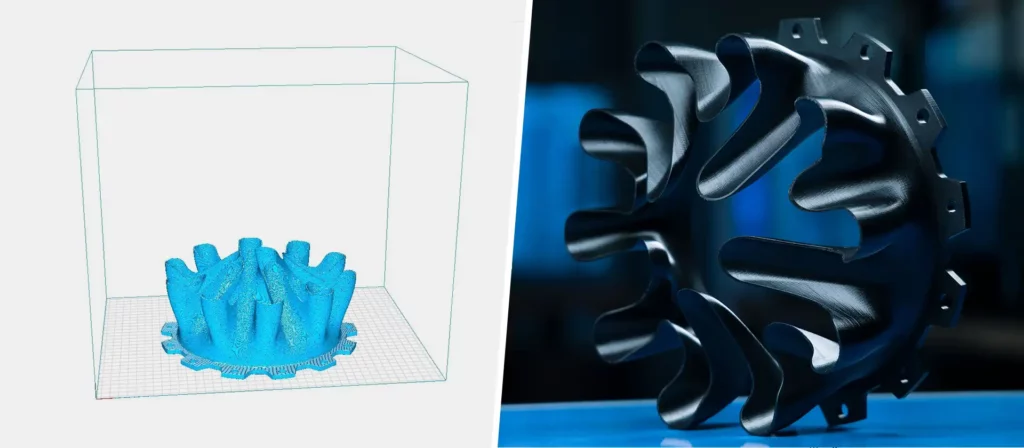
Rapid Prototyping and Better Designs
Both design and prototyping are a big part of the development process of a new product. A 3D printer will help you produce prototypes in-house, faster than any other manufacturing method, and test the physical capabilities of a design in a matter of hours. The wide array of filament options will make it possible to test the capabilities of certain materials in different environments. Engineers all over the world use 3D printers in this way to test new products and improve on old designs.
It provides a competitive edge over other businesses by speeding up the prototyping stage and helping businesses develop better products, which in turn, hopefully, increases sales and profits. The same process would take much longer if the engineers needed to manufacture the prototypes using injection molding or casting and would also cost a great deal. An injection mold for a single model costs around $1000-2000 while a professional grade 3D printer usually costs around $4000. Do the math on how much money you could save in a matter of months.
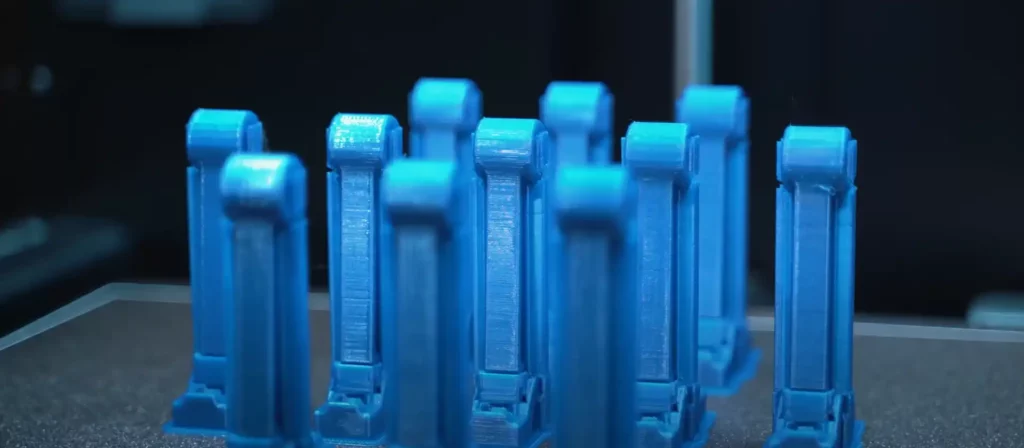
Next Stage in Automation
A fully automated production line is the dream of many manufacturers around the world. Not needing human interference for things like production, postprocessing, and quality control makes the workflow of the employees much lighter and reduces the number of manhours spent on some jobs to a bare minimum. We are at a point in automation where businesses are implementing hyper-automation methods for things like data processing, UI design, and even content creation with the help of AI.
When the interest in automation is this high, many manufacturers are now discovering the capabilities of 3D printing as an automated production method. This hands-off approach to production reduces the man hours spent on operating a machine, reduces the chances of any work accidents happening, and allows the manufacturers to scale their operation easily by adding more 3D printers to their production line. Additive manufacturing is a safe bet for any businesses that are looking to develop a faster and more agile production line.
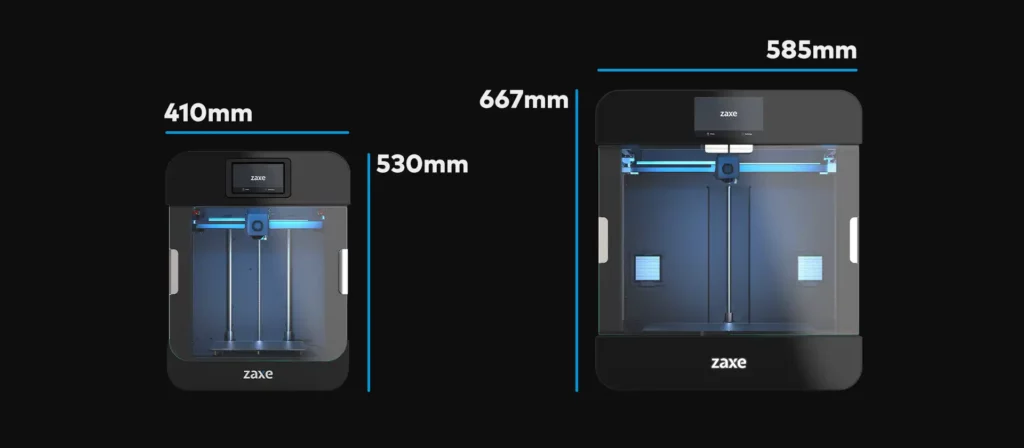
A Mobile Production Line
One of the biggest problems with the manufacturing methods we mentioned before like, injection molding and casting is that the production process requires a number of different elements and big machines to be able to start manufacturing. The equipment is usually very big and extremely hard and expensive to transport. This factor prevents the businesses who use these machines from adjusting the planning in their building or changing offices.
3D printers are much more portable than the machines most other manufacturing methods use. You can easily move them around the office space and reorganize the interior design however you like. 3D printers are also great for work environments that don’t have a connection to the outside world like naval ships. The users can take the devices with them and carry a production line with them wherever they go. For military or naval personnel who need to manufacture a certain spare part, a 3D printer will be much cheaper than shipping the parts to the middle of the ocean.
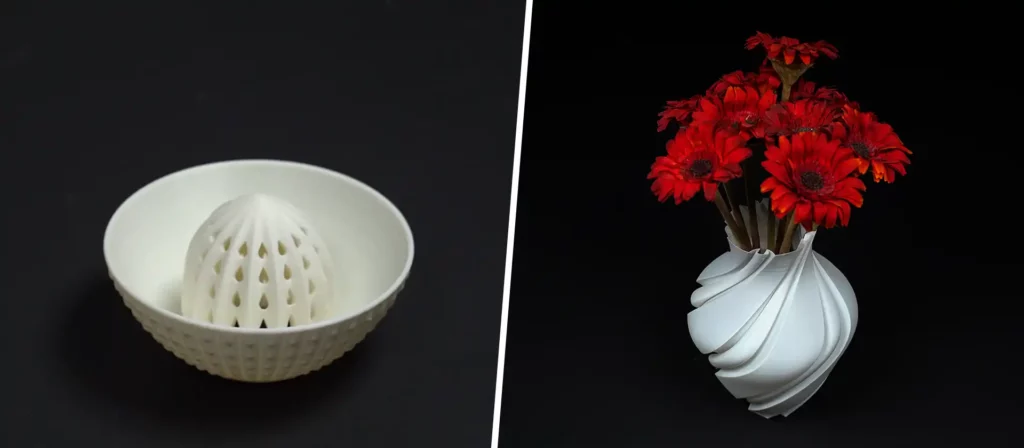
As a DIY Tool
Even if you are not a business and are just a hobbyist experimenting with a desktop 3D printer you bought online, additive manufacturing can still help you save a considerable amount of money. Instead of buying things like simple jewelry, phone cases, bottle openers, and countless other household and personal items, you can just find digital models online and print them on your own for a much much lower price.
A study that was done by the MTU concluded that a 3D printer can save up to $2000 a year by allowing you to print simple household items instead of buying them. If you are an enthusiast, or a maker if you will, you can easily increase this number even further as you will probably be a little bit more creative when it comes to 3D printing. Additive manufacturing provides the tools for home improvement to every user and makes it much easier to replace needed items that you buy occasionally.
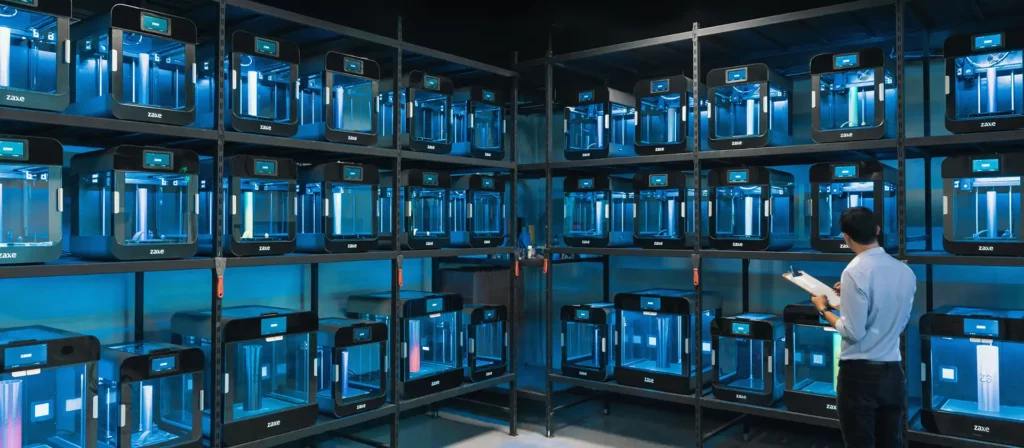
An Extra Income Revenue
When the options for 3D printable objects is this high, people see a big opportunity to build a business around it. Many people probably would benefit from having a 3D printer at home, but most don’t. But that doesn’t mean if you want a certain 3D printed item, you can’t acquire it online through some services.
3D printing has one of the best price-performance ratios compared to other manufacturing methods. People have been taking advantage of this by starting 3D printer farms and turning their passion for 3D printing into a full-fledged business. You can find a lot of 3D printed items on websites like Etsy and the sold items will include jewely, display figures, gaming accecories and other little things like, key chains.
If you are interested in starting a 3D printing farm: How to Start and Maintain a 3D Printing Farm
In Conclusion
Thanks to the fact that 3D printers are not that expensive to begin with, it is very easy to get a return on your investment on them. Not only can they be a passive source of income, but they can also save you so much money in the long run. Sooner or later, a 3D printer will likely pay for itself. How long it takes will be dictated by the industry you are in. But even if you are not looking to use your 3D printer for business purposes, it has the potential to save you money in countless ways.
